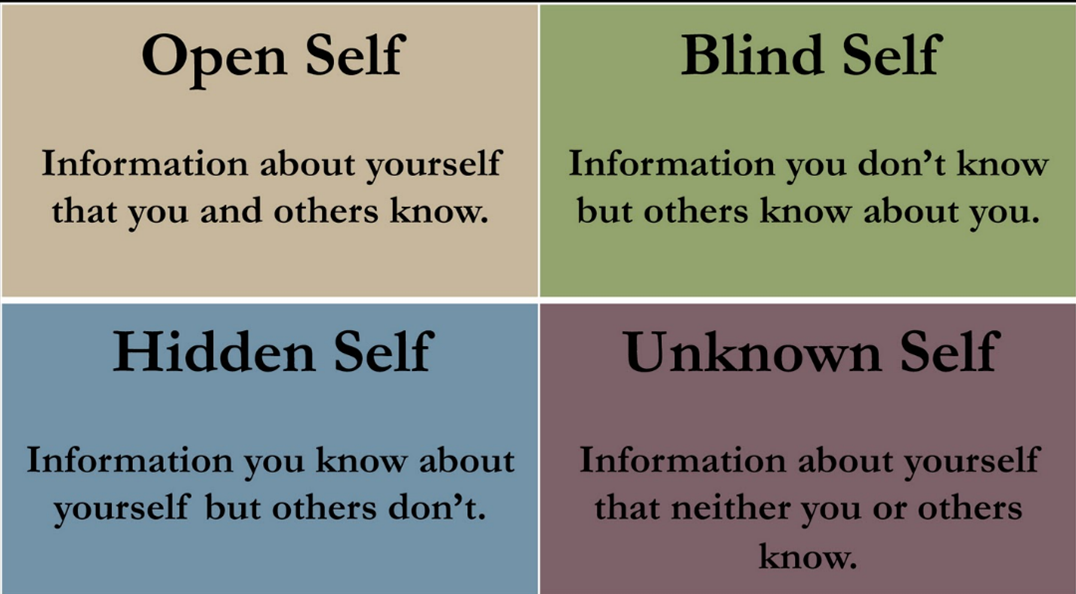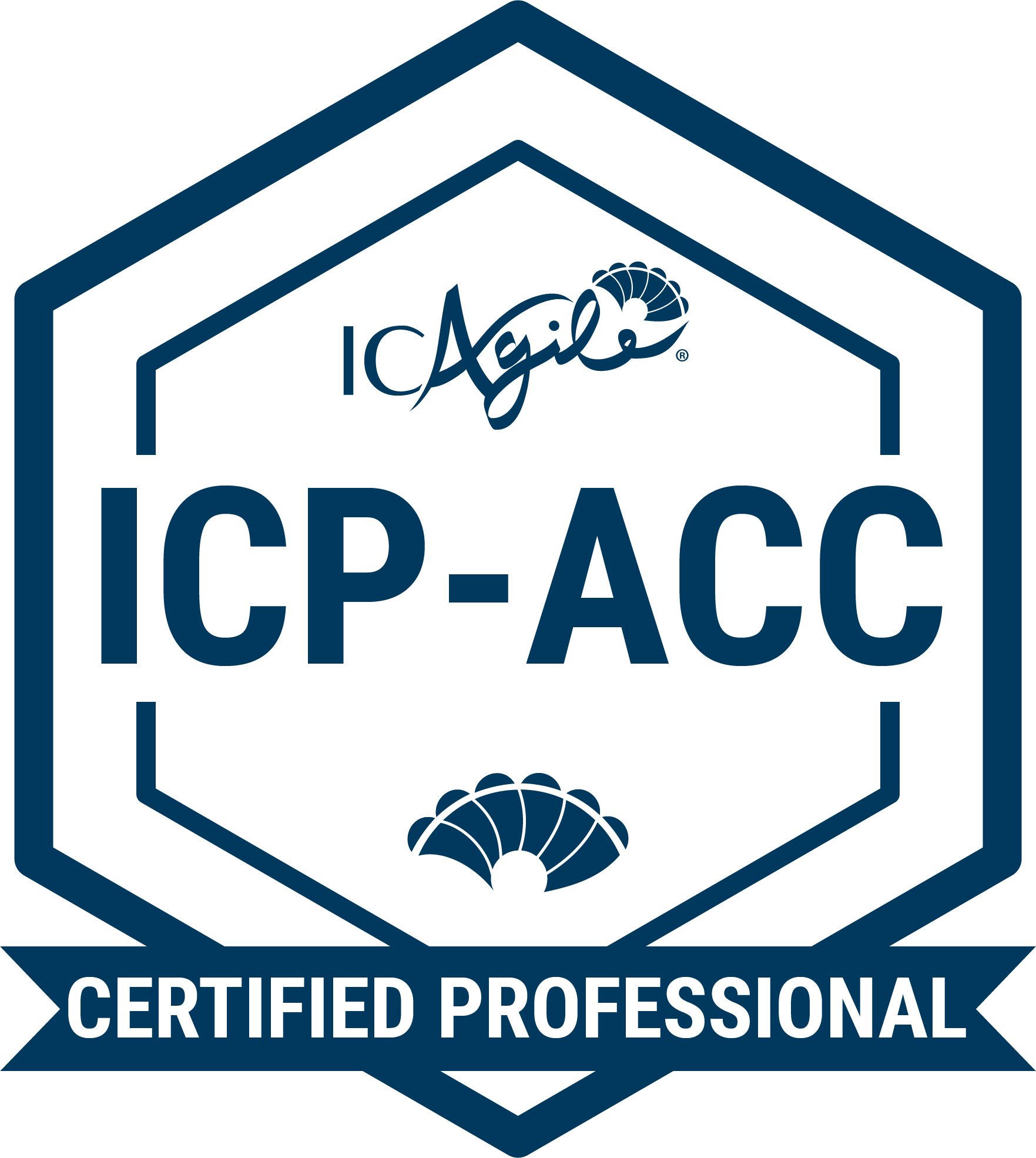
Five steps on the pathway to becoming an agile coach
Here are the five steps; consider these then read on to get more details:
Work in or around an agile team for 1-2 years to get first-hand experience
Find a mentor or mentors and get on their “coat tails”.
Obtain broad comprehensive training on agile models, methods, principles, and values.
Learn the theory and practices of coaching individuals and facilitating groups
Learn how to integrate points 3 and 4 into an agile coaching delivery model
Combining points 2 and 5 undertake 1000 hours of practice
Let’s go through these one by one to give you a little more detail.
1. Work in or around an agile team for 1-2 years to get first-hand experience
There’s a sense of deep confidence and immovable belief in people that have fully experienced the power of working in an agile team.
Experiencing agile as a way to work is the only way to appreciate its values, connect with its intent and shift your mindset on what it means to deliver value with agile.
If you are aspiring to be an agile coach then I would argue it is impossible to skip this step; if you do then I suspect you’ll always feel like an imposter who understands agile in an abstract sense but doesn’t have any embodied experience (it is not yet part of who you are; your sense of self).
Often people who have worked in a high-performing agile team vow to never return to a non-agile way of working and will be quite dogmatic about what they will accept when considering new roles.
As an aspiring agile coach who has not had this mindset shift I think it is hard to move forward with the role. So don’t discount this step, find a means to work in an agile team, get real first-hand experience.
2. Find a mentor or mentors and get on their “coat tails”
Here’s a fact for you.
“You don’t know what you don’t know”
The Johari window model is a great way to visualise how we are all deluded (to some degree). Part of the model talks about the things (about ourselves) that are known to us, we have self-awareness of, then there are things others see but we don’t (our blind spots).

Mentors help agile coaches identify and reduce their “Blind Self” and expand their “Open Self” (boost their self-awareness). This is an essential part of becoming an agile coach; knowing where you are self-sabotaging yourself when talking/working with others. Simple behaviours that distract from an agile coach’s effectiveness can go unnoticed, e.g., talking too fast, not listening, or failing to read the room are examples of blind spots a mentor can help with. You can also have multiple mentors helping you with multiple aspects of yourself.
3. Obtain broad comprehensive training on agile models, methods, principles and values
After experiencing agile within an agile team it is important to then “zoom out” and see the forest that is the agile body of knowledge. It is vast and can be confusing so it is important that an agile coach obtains knowledge across the breadth of what agile offers as a way to work.
If a coach fails to do this then they are coaching from a small narrow perspective. An agile coach is a continuous learning professional who, probably more than most professions, has to keep up with the latest thinking and emerging ideas across a broad range of topics. So this step is just the start but provides the foundation upon which the coach builds their knowledge.
4. Learn the theory and practices of coaching individuals and facilitating groups
The International Consortium of Agile does a good job of this step. They have two certified courses in the agile delivery learning track; Agile Team Facilitator (ICP-ATF) and Agile Coaching (ICP-ACC). Together these two courses provide participants the knowledge (and a little experience) in how to facilitate and coach. But…


NOTE: these two courses make up two parts of what an agile coach does but do not teach participants how to deliver agile coaching.
Agile Coaching ≠ coaching + facilitation
There is more to agile coaching then two certifications; what is required is a model that shows the agile coach how to delivery agile coaching; an approach that integrates all the competencies into an overall cohesive model.
5. Learn how to integrates points 3 and 4 into an agile coaching model
I wrote a book that is my opinion on what an agile coaching model could look like.

The book outlines the Responsive Agile Coaching Model which aims to provide a map to help agile coaches navigate their agile coaching conversations.
Having an agile coaching model such as the one presented in the book allows the coach to integrate professional coaching, team facilitation with agile knowledge to deliver an agile coaching service to their clients.
Regardless of whether you choose this model or another, the point is that the highest performing agile coaches do the work to integrate each of the sub-competencies (coaching, facilitation, teaching etc.) into a well-executed agile coaching service. Once you have a model then the coach needs to work with their mentor and practice… lots of practice.
6. Combine points 2. and 5. as you undertake 1000 hours of practice
Practicing is how you master a skill. Athletes know it, as do other professionals. Plan-do-check-adapt, unlearn, experiment, listen and learn. Then repeat, forever; never stopping in your attempt at being more awesome everyday. Start with 100 hours as a starting point. Then aim for 1000 hours of practice where you take the time to have purposeful conversations where you are attempting to co-create new ways to work with individuals and teams (not giving advice or training people).
Final words and conclusion
These five steps guide me when I mentor or manage agile coaches. It allows me to know where they are in their development journey and then point them to the next step in the process. One word of warning.
Do not skip any of the steps
I am fairly confident that you will end up an imposter agile coach if you start trying to “fast track” yourself and skip steps. Good things take time and great agile coaches need to put in the work.
p.s. if you want to become an agile coach, Source Agility has a 12-week Incubator course that will provide you with steps 4, 5 and 6. Go here to learn more.


